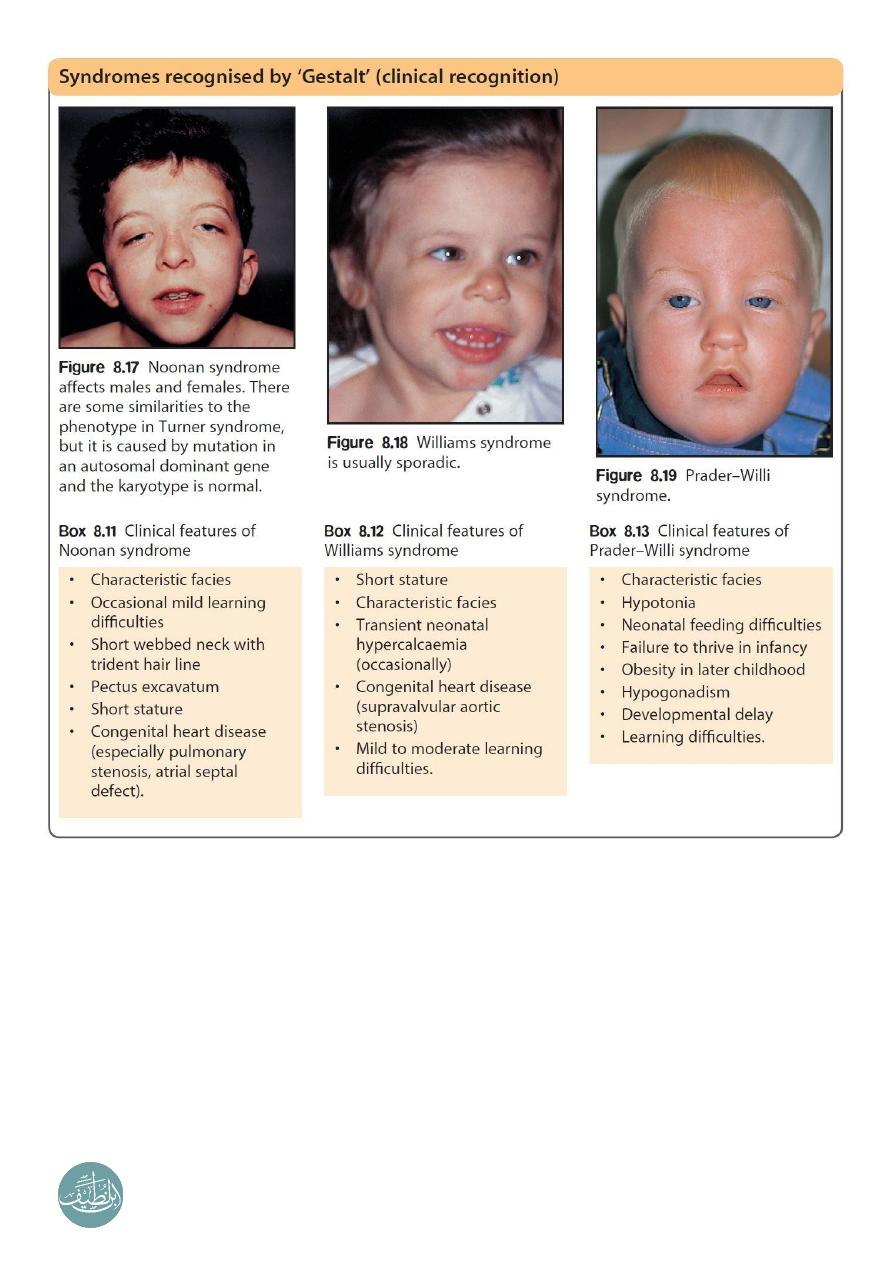
1
Dysmorphology
Definition:
The term ‘dysmorphology’ literally means ‘the study of abnormal form’ and refers to
the assessment of birth defects and unusual physical features that have their origin
during embryogenesis.
Pathogenic mechanisms:
Malformation:
o
A primary structural defect occurring during the development of a tissue or organ.
o
Spina bifida, cleft lip and palate.
Deformation:
o
Implies an abnormal intrauterine mechanical force that distorts a normally formed
structure.
o
Joint contractures or pulmonary hypoplasia due to fetal compression caused by
severe oligohydramnios.
Disruption:
o
Involves destruction of a fetal part which initially formed normally.
o
Amniotic membrane rupture may lead to amniotic bands which may cause limb
reduction defects.
Dysplasia:
o
Refers to abnormal cellular organisation or function of specific tissue types.
o
Skeletal dysplasias, dysplastic kidney disease.
Clinical classification of birth defects:
Single-system defects:
o
These include single congenital malformations, such as spina bifida.
o
Which are often multifactorial in nature with fairly low recurrence risks.
Sequence:
o
Refers to a pattern of multiple abnormalities occurring after one initiating defect.
o
Potter syndrome (fetal compression and pulmonary hypoplasia) is an example of a
sequence in which all abnormalities may be traced to one original malformation,
renal agenesis.
Ibnlatef
Notes
Pediatrics

2
Association:
o
A group of malformations that occur together more often than expected by chance,
but in different combinations from case to case.
o
Example VACTERL association (Vertebral anomalies, anal atresia, Cardiac
defects, tracheoesophageal fistula, renal anomalies, Limb defects).
Syndrome:
o
When a particular set of multiple anomalies occurs repeatedly in a consistent
pattern and there is known or thought to be a common underlying causal
mechanism, this is called a ‘syndrome’.
o
Multiple malformation syndromes are often associated with moderate or severe
cognitive impairment and may be due to:
Chromosomal defects.
A single gene defect (dominant, recessive or sex-linked).
Exposure to teratogens such as alcohol, drugs (especially anticonvulsants such as
valproate, carbamazepine and phenytoin) or viral infections during pregnancy.
Unknown cause.
Syndrome diagnosis:
Although most syndromes are individually rare, recognition of a dysmorphic syndrome
is worthwhile as it may give information regarding:
o
Risk of recurrence.
o
Prognosis.
o
Likely complications which can be sought and perhaps treated successfully if
detected early.
o
The avoidance of unnecessary investigations.
o
Experience and information which parents can share with other affected families
through family support groups.
Databases are available to assist with the recognition of thousands of multiple
congenital anomaly syndromes (London Dysmorphology Database (LDDB) & POSSUM).
Visit:
http://suite.face2gene.com/

3
----------------------------------------------------------------------------------------------
www.facebook.com/ibnlatef
https://goo.gl/RpvNsl
